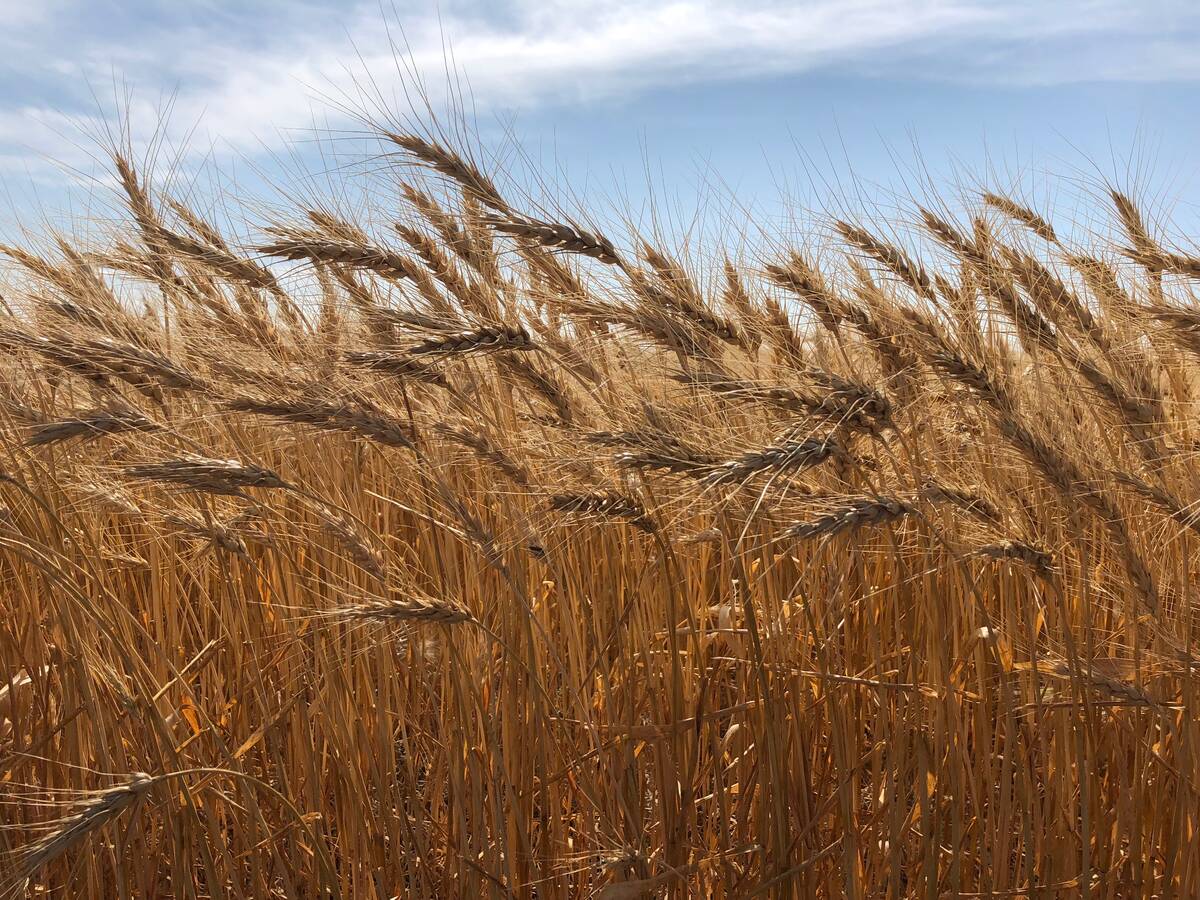MarketsFarm — Updated supply/demand estimates (WASDE) from the U.S. Department of Agriculture were neutral to slightly bearish for soybeans, corn and wheat, with latest numbers largely coming in line with expectations.
The February report is traditionally not a major market mover, with the Chicago futures markets waiting for confirmation on South American crops and for the first predictions on the North American new crop.
The government agency raised its forecast for U.S. soybean ending stocks during the current marketing year by 15 million bushels from its January forecast, now pegging the carryout at 225 million bushels. That was at the high end of trade guesses and the initial reaction in the futures was bearish.
Read Also

Australia raises wheat harvest estimate by nearly two million tonnes
Australia’s ABARES raised its forecast for national wheat production this season by around 1.8 million tonnes to 35.6 million tonnes, cementing expectations for a bumper harvest that will add to abundant global supply and pressure prices.
However, the selling pressure was short-lived, and beans quickly regained ground, with the stocks still representing the tightest carryout for the crop in seven years.
Corn ending stocks were forecast at 1.267 billion bushels, which would be up by 25 million from the previous estimate but in line with trade expectations.
The U.S. wheat carryout at 568 million bushels was up by one million from January. World wheat ending stocks also saw a slight upward revision, now at 269.34 million tonnes, due in part to increases in Australian and Russian production estimates.
USDA left its corn and soybean production estimates for Brazil unchanged at 125 million tonnes and 153 million tonnes respectively. Meanwhile, Argentina’s corn crop was down by five million tonnes from the January estimate, at 47 million tonnes, while the South American country’s soybean production was down by 4.5 million, at 41 million tonnes.
While downward revisions to Argentina’s production were expected given the drought conditions hurting yields there, many analysts still expect the actual final numbers to be even lower than USDA’s conservative predictions.
— Phil Franz-Warkentin reports for MarketsFarm from Winnipeg.















